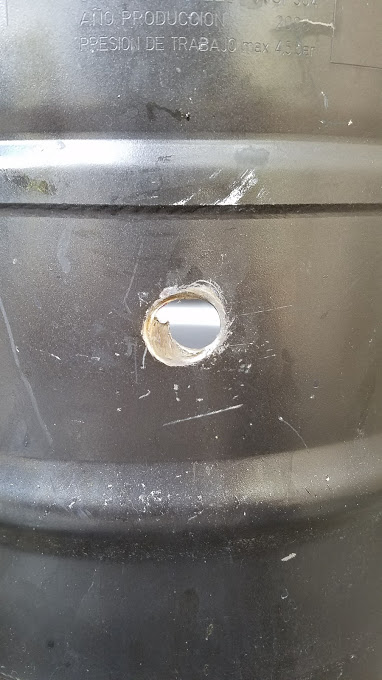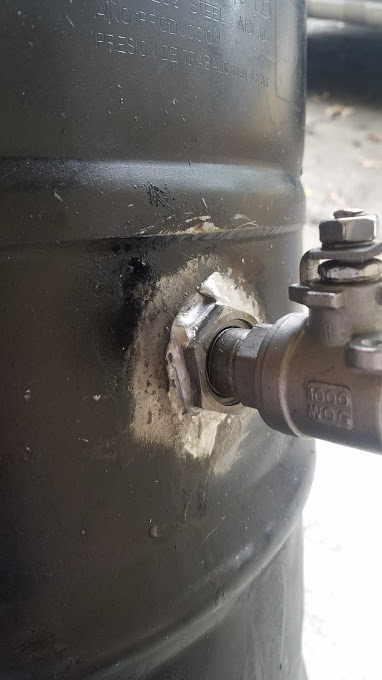while attempting to install a whirlpool port in my keggle,I screwed up. So I attempted to use a hole saw with a pilot hole that was to big for my pilot drill bit...I new how stupid it was but decided I should still try it..
Anyways, does anybody have any advice on how to fix this?? right now I am thinking about drilling it out to as small as i can but is an actual hole and putting a plug in

Anyways, does anybody have any advice on how to fix this?? right now I am thinking about drilling it out to as small as i can but is an actual hole and putting a plug in






































![Craft A Brew - Safale BE-256 Yeast - Fermentis - Belgian Ale Dry Yeast - For Belgian & Strong Ales - Ingredients for Home Brewing - Beer Making Supplies - [3 Pack]](https://m.media-amazon.com/images/I/51bcKEwQmWL._SL500_.jpg)





















